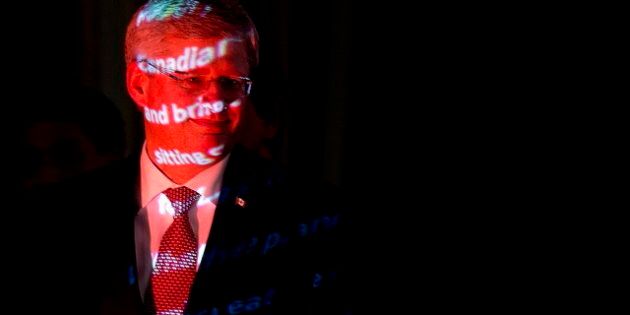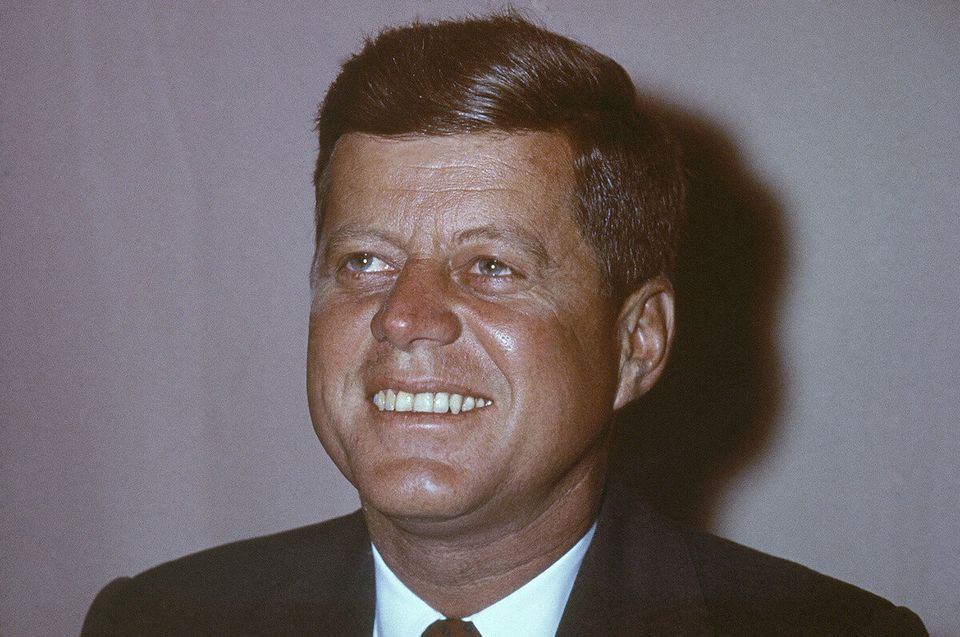
A new poll by EKOS Research highlights the contrast between a Canadian population that believes the country is moving toward the political right when, in reality, it appears to be heading in the other direction.
EKOS polled almost 6,000 Canadians via interactive voice response for iPolitics in early February, and found fully 37 per cent of Canadians believe Canada is moving to the right. Only 18 per cent believed the country is moving to the left, while 38 per cent said that it was not moving in either direction.
Residents of Alberta and Saskatchewan were slightly more likely to see a leftward tilt, while British Columbians and Ontarians were most likely to believe the country is becoming more conservative. Having a higher education also correlated with the perception of Canada moving to the right.
But as an earlier poll by EKOS Research demonstrated, twice as many Canadians self-identify as liberal than conservative.
In fact, according to EKOS’ data stretching back to 1997, the percentage of Canadians who seem themselves as small ‘l’ liberals has been growing. It has been on the upswing since 2008, and is currently at the highest level in at least 16 years.
Arguably, Canada was moving toward the right prior to 2008. In 2007, more Canadians were identifying themselves as conservative than the number who said they were liberal. That conservatism was increasing from a low in 2002, but since 2009 it has been trending downwards.
One of the most important changes in the last few years has been the number of Canadians who identify as neither liberal nor conservative. Non-partisanship appears to be on a steep decline, from a high of almost 50 per cent in 2002 to almost half that number now. The largest decrease came after 2008.
Why the sea-change around 2008? We can only speculate. That year, Canadians re-elected the Conservatives to a minority government that was nearly toppled during the coalition affair. Partisanship increased in the House of Commons, and perhaps seeped into the population at large as well. Barack Obama was also elected in 2008, and could have played a role in making liberalism ‘cool’ again. Polls have consistently shown just how much Canadians like the U.S. president, and the partisan gridlock in the United States may have influenced Canadians to pick a side.
The contrasting results between perception and reality may not be as stark as they appear at first glance. Perhaps the country is actually heading toward the right and the definition of liberalism is moving in that direction as well. Or, the Conservative government has had the effect of moving policy to right while the population moves to the left, and respondents have neglected to separate the country from its government. It would not be the first time perception has not aligned with reality, but in politics perception can often be more important.
Éric Grenier taps The Pulse of federal and regional politics for Huffington Post Canada readers on most Tuesdays and Fridays. Grenier is the author of ThreeHundredEight.com, covering Canadian politics, polls and electoral projections.
Also on HuffPost
